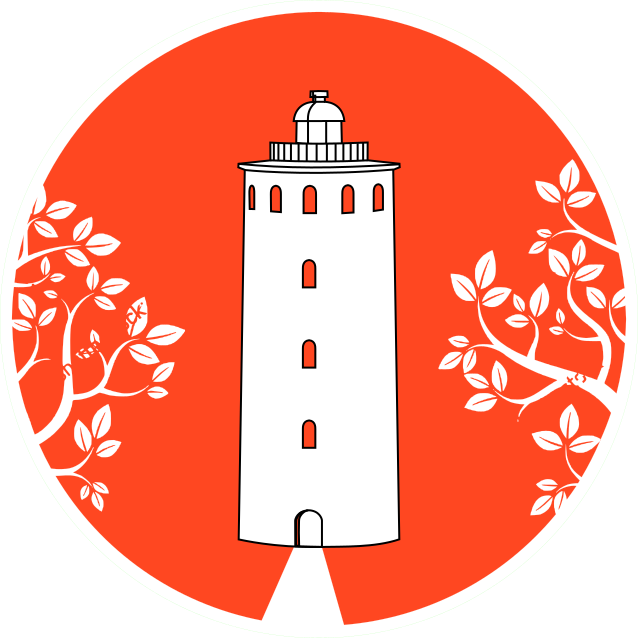 Harsh winter for red deer is quite a challenge as our climate is not very suitable for them especially because of snow covered winters. Now, when the snow has frozen, deer can easily walk over it and escape wolves or dog attack. Red deer food in summer mainly is different caulescent plants while in winter they feed on small bushes, tree browse and bark. If the snow is thin, they can scratch it off to feed on lichens, but if it is thick and frozen they usually can’t get through it. Sallow, buckthorn, aspen tree, birch, juniper, pine and fir …. Branches, needles and bark –used are everything. Red deer is a ruminant animal and as one it has complicated digestive system with four-chamber stomach that helps digest cellulose found in very fibrous forage. They eat mostly browse that is full of proteins and sugars, however, in comparison with summer this food helps only to survive. Cultivated plants are especially nourishing, as they are softer and succulent than wild trees, so deer come to garden if it is possible. Maybe one of the reasons is their anatomical feature – they lack upper incisors, instead having a tough pad at the front of their upper jaw. With the toothless upper jaw they press the branch against toothed lower jaw and pull it off.
Harsh winter for red deer is quite a challenge as our climate is not very suitable for them especially because of snow covered winters. Now, when the snow has frozen, deer can easily walk over it and escape wolves or dog attack. Red deer food in summer mainly is different caulescent plants while in winter they feed on small bushes, tree browse and bark. If the snow is thin, they can scratch it off to feed on lichens, but if it is thick and frozen they usually can’t get through it. Sallow, buckthorn, aspen tree, birch, juniper, pine and fir …. Branches, needles and bark –used are everything. Red deer is a ruminant animal and as one it has complicated digestive system with four-chamber stomach that helps digest cellulose found in very fibrous forage. They eat mostly browse that is full of proteins and sugars, however, in comparison with summer this food helps only to survive. Cultivated plants are especially nourishing, as they are softer and succulent than wild trees, so deer come to garden if it is possible. Maybe one of the reasons is their anatomical feature – they lack upper incisors, instead having a tough pad at the front of their upper jaw. With the toothless upper jaw they press the branch against toothed lower jaw and pull it off.
This deer knows that it is very dangerous for him to be in the garden, so it stops eating time to time to listen. Stags have antlers that make reaching the highest branches of the tree complicated, as they tend to stuck, however, hinds and their fawns don’t have this problem. Soon stags will shed their antlers. Old stags shed their antlers in mid March, while young ones only in May.
















